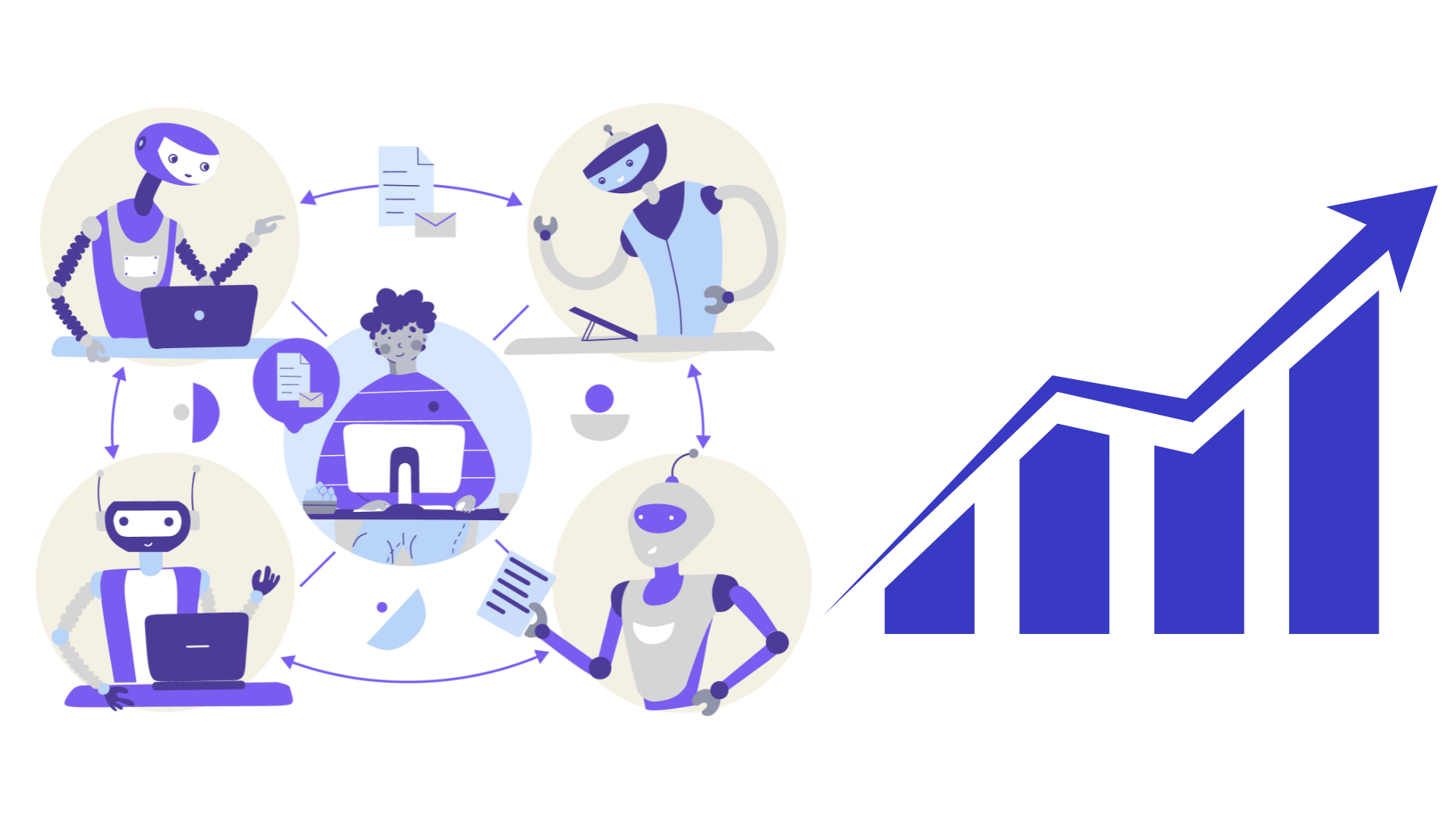The Future of AI Monetization: Why Contextual Advertising Will Win

AI has moved from the edges into mainstream. Chatbots, productivity assistants, and creative tools are now everyday companions.
But as usage explodes, one question rises: how do we monetize AI sustainably?
Current models — subscriptions, pay-per-use tokens, premium tiers — all have limitations. User resistance and high churn rates plague the industry.
Experts increasingly agree: contextual advertising will dominate AI monetization. Here's why.
Why Current Models Fall Short
AI products rely on three main strategies:
- Subscriptions: Predictable revenue, but create barriers. Users abandon apps before testing value.
- Pay-per-use: Works for enterprises, frustrates casual users with "metered" experiences.
- Freemium: Popular but gates too much value, leading to low conversion rates.
The result? High churn for developers, constant upsell prompts for users. Not sustainable at scale.
Enter Contextual AI Advertising
Advertising funds free digital services: newspapers, radio, TV, search engines, social media. But not all ads are created equal.
AI requires new advertising: contextual, non-intrusive, and value-driven.
Contextual AI ads appear inside interactions, feeling relevant and helpful.
Real-World Examples
- Cooking chatbot → sponsored recipe ingredient appears
- Fitness advice → sportswear brand surfaces naturally
- Research help → publisher sponsors reading suggestions
This isn't interruption. It's augmentation — ads that add value instead of breaking the experience.
Why Contextual Ads Will Win
Five reasons contextual AI advertising will dominate:
- Scalability: Free/low-cost apps for millions, unlocking global adoption
- User acceptance: Natural recommendations vs. frustrating paywalls
- Privacy alignment: No invasive tracking — context provides targeting
- Brand safety: Advertisers control placement, users see transparency
- Revenue diversity: Ads supplement, don't replace, other strategies
AI vs. Traditional Digital Ads
Traditional ads chase users across the internet with cookies and retargeting. Contextual AI ads stay inside the conversation.
Key Differences
Traditional ads: Repetitive, interruptive, irrelevant once intent changes.
Contextual AI ads: Timely, useful, matched to current user needs.
Result? Less waste for advertisers, better experience for users.
Developer Opportunities
Contextual advertising unlocks key benefits:
- Immediate monetization: Earn from day one, even without subscriptions
- Fair revenue share: Keep 75–85% of ad revenue (vs. app store cuts)
- Easy integration: SDKs enable fast setup, focus on features
- Better retention: Free/freemium models reduce pricing barriers
Marketer Opportunities
Early AI advertising adoption offers advantages:
- Engaged audiences: AI users are focused, intentional, receptive to relevant ads
- First-mover advantage: Like search ads in 2000s, social ads in 2010s — lower costs, better visibility
- Real-time insights: Context, sentiment, and engagement feedback
- Brand-safe innovation: Enter new space while maintaining transparency
The Long-Term Vision
AI monetization will evolve beyond contextual advertising:
- Ethical personalization: Privacy-first ads with deeper user understanding
- Cross-platform campaigns: Chatbots, voice assistants, smart glasses
- Interactive formats: Sponsored flows that teach, guide, entertain
- Global scale: Multi-language ads reflecting worldwide AI adoption
Conclusion: Context Will Define the Future
The question isn't whether AI apps will be monetized — it's how. Subscriptions alone can't sustain mass adoption. Pay-per-use models frustrate users.
Contextual advertising offers balance: free access for users, scalable revenue for developers, trusted opportunities for brands.
History shows successful monetization aligns with user behavior. In AI, behavior is conversational. That's why contextual advertising will win.
👉 Want to stay ahead? Join AdsBind's early access and shape the future of AI monetization.